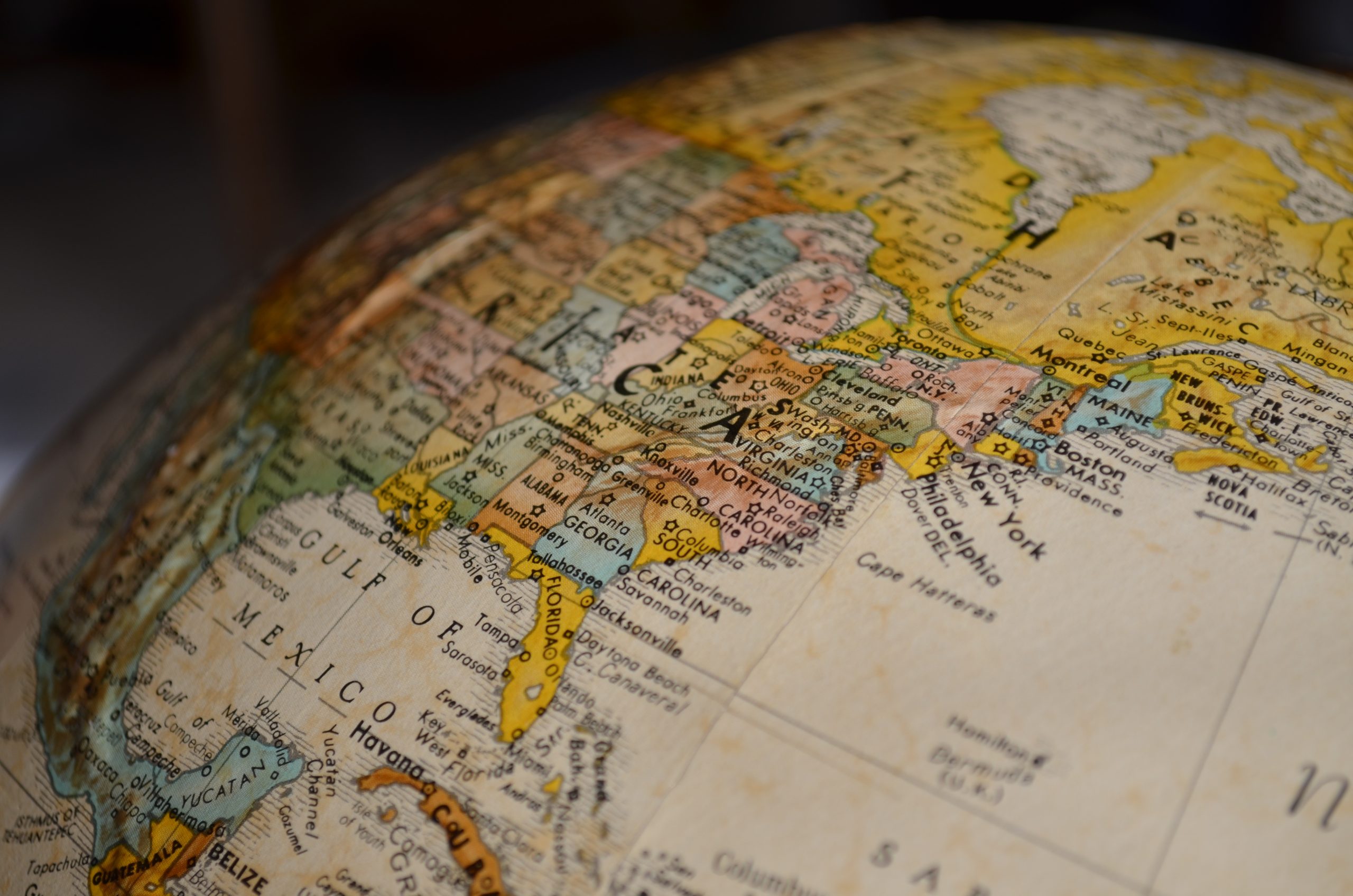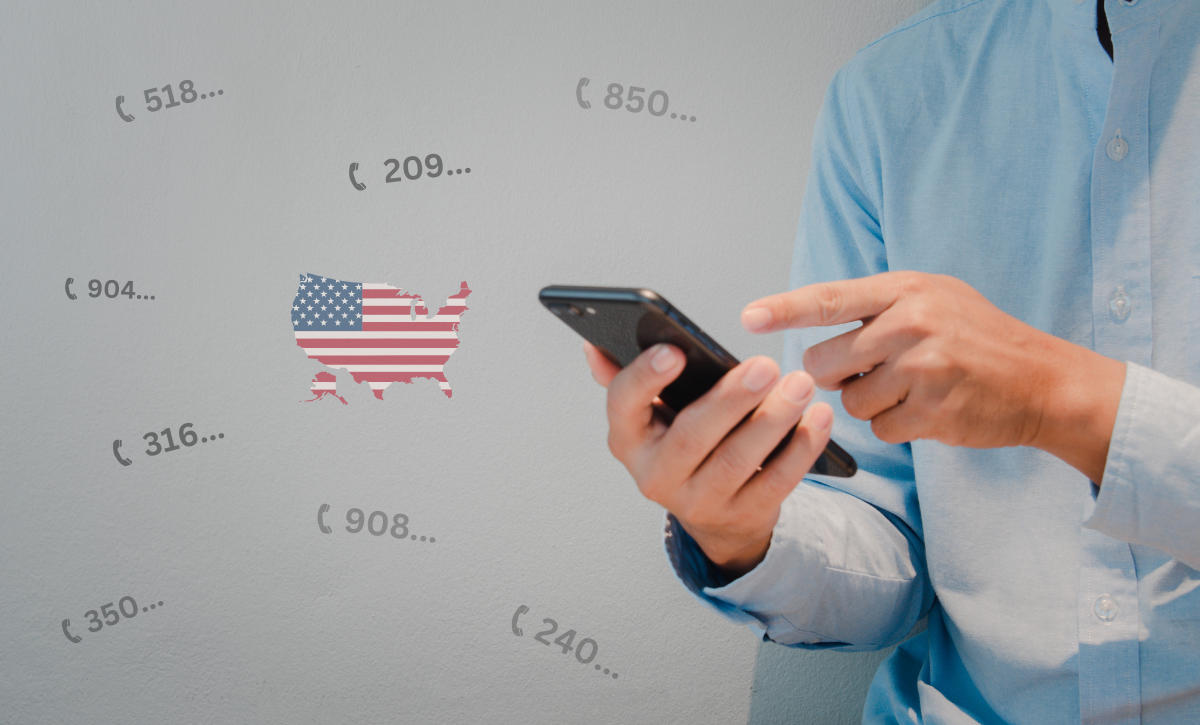July 27, 2020
How to Dial International Phone Numbers

Wondering how to dial an international phone number? New to placing long-distance calls? Hushed is here to help! It’s actually very easy once you understand international phone number dialing conventions. Let’s break it down:
What are Country Codes?
The first thing you need to know regarding international phone number dialing is Country Codes. These are similar to local area codes, but they cover an entire country.
For example, a standard local US phone number would be written out in the format “216-555-5555”. But imagine you are calling that number from a foreign country/ You would need to include the Country Code for the United States, which is “1”. You could then dial the phone number as “1-216-555-5555.”
Now, here is where it gets tricky. Other countries have their own country codes and formats, and some can look confusing. That’s where dialling zones come in.
What are International Phone Number Zones?
Many people don’t realize this, but country codes are actually divided up geographically. Let’s go through the different country codes by zone:
+1 codes include member countries of the North American Numbering Plan (NANP). These countries are assigned three-digit area codes under the common country prefix 1, shown in the format +1 XXX. Examples of countries with the +1 dial code are Canada and the United States.
Some (but not all!) Caribbean nations and some Caribbean Dutch and British Territories also use +1, like Barbados, Bermuda, the Dominican Republic, and Jamaica.
+2 codes are mainly assigned to African nations, but also include Aruba (+297), the Faroe Islands (+298), and Greenland (+299). These all start with +2 codes for international phone number dialling.
+3 and +4 cover Europe; that means that most countries in this region can be reached on international numbers beginning with either +3 or +4. The UK country code, for example is +44.
+5 covers the Americas, excluding the countries using the North American Numbering Plan. That means zone 5 covers all countries except those covered by Zone 1. This includes central and South America.
+6 applies to Southeast Asia and Oceania, including Malaysia (+60), Australia (+61), and the Philippines (+63).
+7 is a unified code, assigned to Russia and Kazakhstan. Previously, +7 was shared among all Soviet Union countries.
+8 covers East Asia, including Japan (+81), South Korea (+82), China, and Bangladesh.
+9 is reserved for some Middle East countries and areas of southern Asia. Examples of +9 countries include Turkey (+90), India (+91), Pakistan (+92), and Saudi Arabia (+966).
International Dialing is Simple
As long as you know the local number you wish to dial, it’s easy to look up the country code for that destination.
One thing to keep in mind is that international calling can be expensive. But with a Hushed Pay-As-You-Go International or Worldwide Plan, it’s simple and affordable to call internationally. Simply enter the number in the correct format to place your call, and the cost will be deducted from your account balance.
We hope this overview of international phone number conventions and zones has been helpful! Now you’re ready to start calling internationally.


